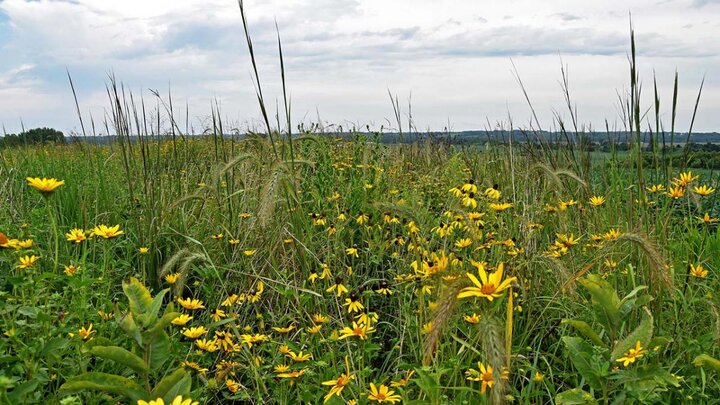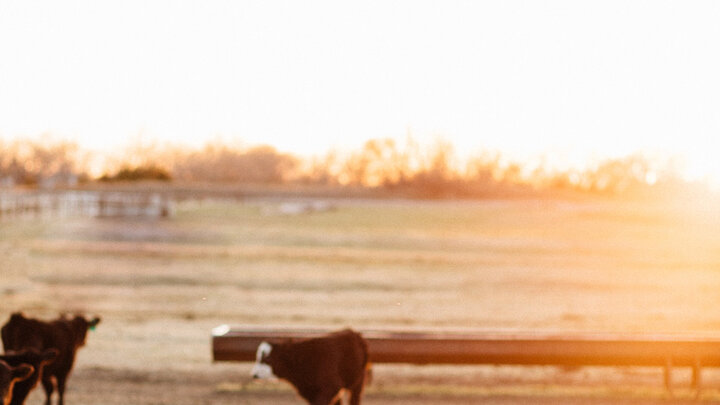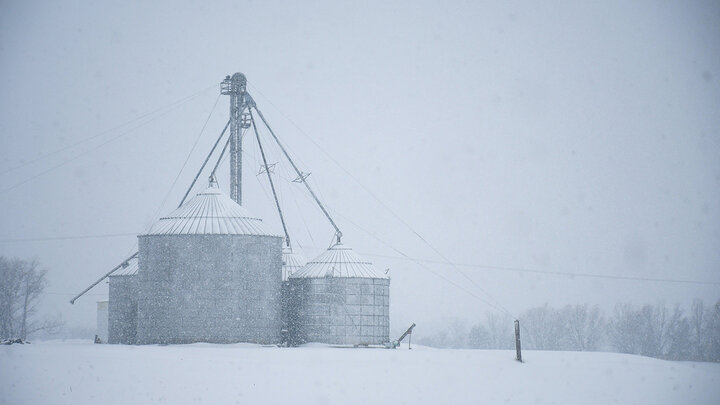As a reminder of previous articles in this series, ecosystem goods and services, often shortened to ecosystem services (ES), are the benefits that humans receive from nature. Agricultural systems in our part of the world historically have provided many kinds of benefits to growers directly, and as a co-product or co-service to others and the environment too and are sometimes called public goods or services by economists. These benefits support many aspects of human well-being, including our food and water, security, health and economy. One commonly used framework describes ecosystem services as provisioning (food and fresh water), regulating (water purification), cultural (recreation and aesthetics), and supporting (soil formation) services.
Ecosystem services are often divided into intermediate and final ecosystem services. Final ecosystem services are the benefits that we directly consume, enjoy or use, while intermediate ecosystem services lead to the final service. For instance, bass fishing would be a final good or service, with the water quality providing the fish habitat is an intermediate service.
Prairie Strips
Farmers and ranchers have a portfolio of conservation practices from which to choose to integrate into their production systems that might provide both primary production and secondary benefits to them and to others. One such practice is planting strips of vegetation along field contours or at edge-of-field, which protects soil and water. Prairie strips are one type of vegetative strip that includes diverse plantings of native plant species that have deep, multilayered root systems and stiff-stems that hold up to driving rain. Research initiated at Iowa State, and which faculty at the University of Nebraska have been involved for several years, indicates that integrating prairie strips into strategic locations within crop fields, provides disproportionate or outsized benefits to soil, water and biodiversity – ecosystems services.
Research results from more than 15 years of growing prairie strips in Iowa and other states, including Nebraska, indicate that by strategically converting up to 10% of a row-crop field to perennial prairie can reduce sediment movement by 95%, total phosphorus loss by 90% and total nitrogen loss by 85%, compared to a fully planted corn-soybean field with no-till practices. Biodiversity increased as well with prairie strip plantings: 51 plant species present versus 13 within row-crop areas; 70 species of native pollinators present in prairie strips; and bird species diversity more than doubled in prairie strips compared to row-crop areas, including species of greatest conservation need in the Midwest like the eastern and western meadowlarks.
One of the reasons producers may want to consider incorporating prairie strips into their farming operation is the fact that not all areas of a field produce the same yield, and in some years raising a crop on certain land has negative net returns. Lower-yielding areas provide an opportunity for producers to evaluate the marginal costs associated with planting row crops on that land in comparison to the marginal revenue associated with that low-yielding land. If it regularly loses money, the producer may want to consider this option. Another way of evaluating it would be to compare the marginal costs of establishing and maintaining the prairie strips with the marginal benefits, economic and environmental.
To help producers evaluate the economic costs and benefits of these practices, Iowa State released some data a few years ago summarizing efforts from participating growers. Though actual costs for establishing the site will vary, in general, data from Iowa State indicate the systems cost about $325 per acre to establish a prairie strip. Costs include site preparation (tillage and herbicides) plus seeding (seed and drilling). Annual maintenance costs vary and decrease over time, depending on approach to maintenance with mowing and raking the strips being about $50-75 per acre per year while managing the prairie strips with burning costs of $60-200 per acre per year.
The calculus for determining costs of establishing and maintaining prairie strips has changed recently with the approval of the Prairie Strips Conservation Practice (CP-43) under USDA-NRCS Conservation Reserve Program (CRP). Using this practice (CP-43) on eligible acres, under efforts like the Clean Lakes, Estuaries and Rivers (CLEAR) initiative of CRP, can reduce costs considerably for growers. Financial benefits include 10-15 year annual CRP rental payments up to 90% of average county rental rates, covering establishment costs up to 50%, plus signing incentive payment (SIP) of 32.5% of first-year rental payment, and 5% practice incentive payment too.
University of Nebraska faculty in the Agricultural Economics Department have been involved with this project for the last several years – helping evaluate economic costs and helping determine the value of the various ecosystem services provided by prairie strips. And research faculty in other units within IANR will begin establishing research sites at a few of our Research, Extension and Education sites across the state to understand better how these systems might work in Nebraska. More information on those efforts will be forthcoming soon.
At the end of the day, as with any farm management decision, producers will need to be informed about how this might work within and impact their current operation, pencil out their unique circumstances, and weigh both the economics costs and environmental benefits of this decision.
For additional information on Prairie Strips program: https://www.nrem.iastate.edu/research/STRIPS/
For additional information on Prairie Strips Conservation Practice (CP-43): https://www.fsa.usda.gov/Assets/USDA-FSA-Public/usdafiles/FactSheets/2019/crp_clear_initiative_prairie_strip_practice-fact_sheet.pdf




